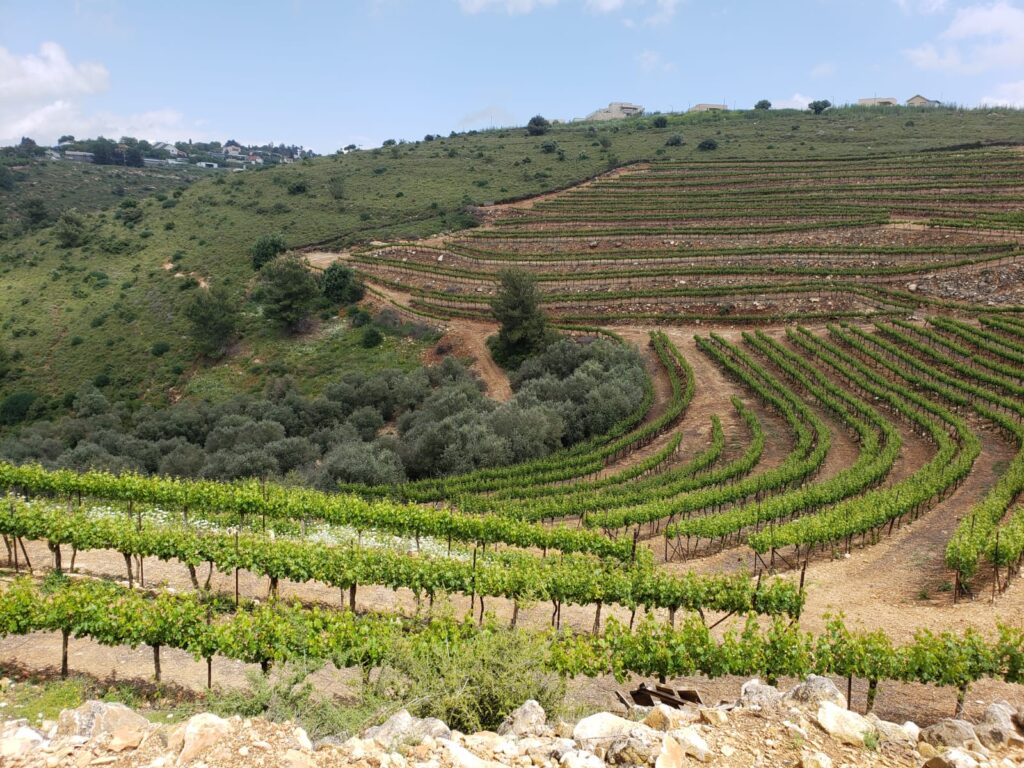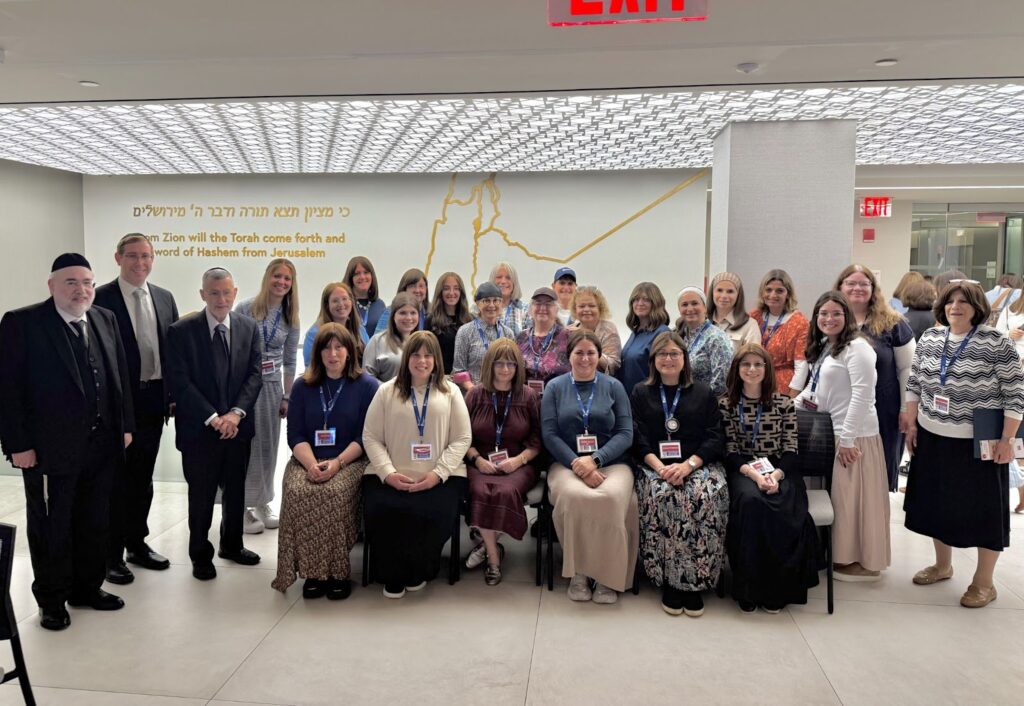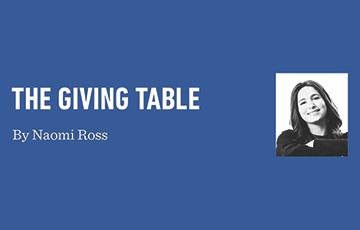The Hidden Light Of Israeli Wine: Or Haganuz Winery And Its Mission
By Joshua E. London
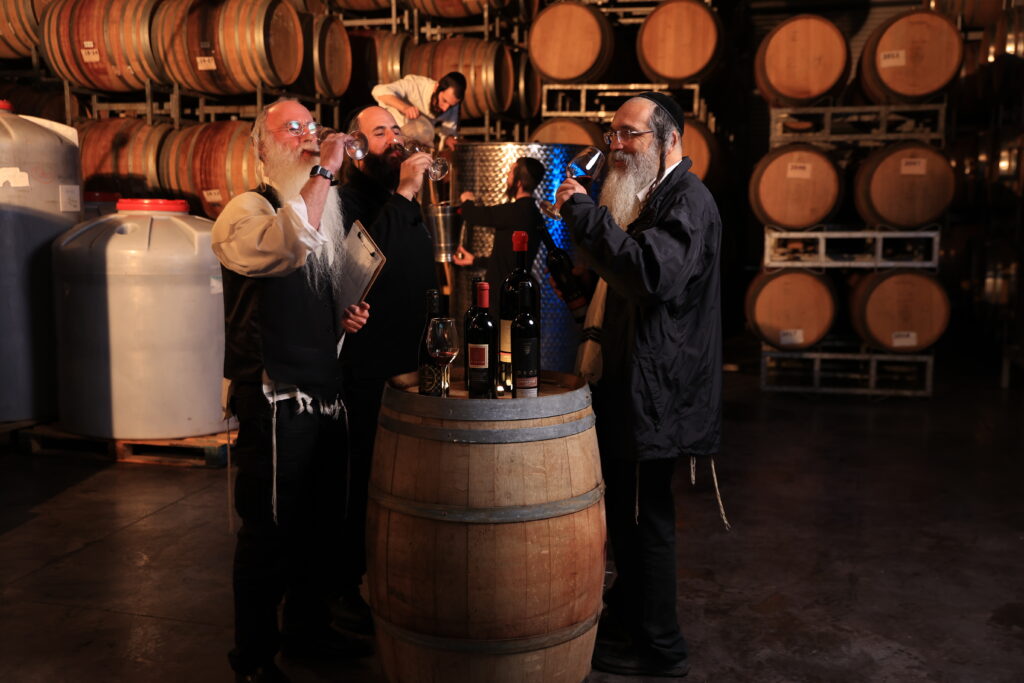
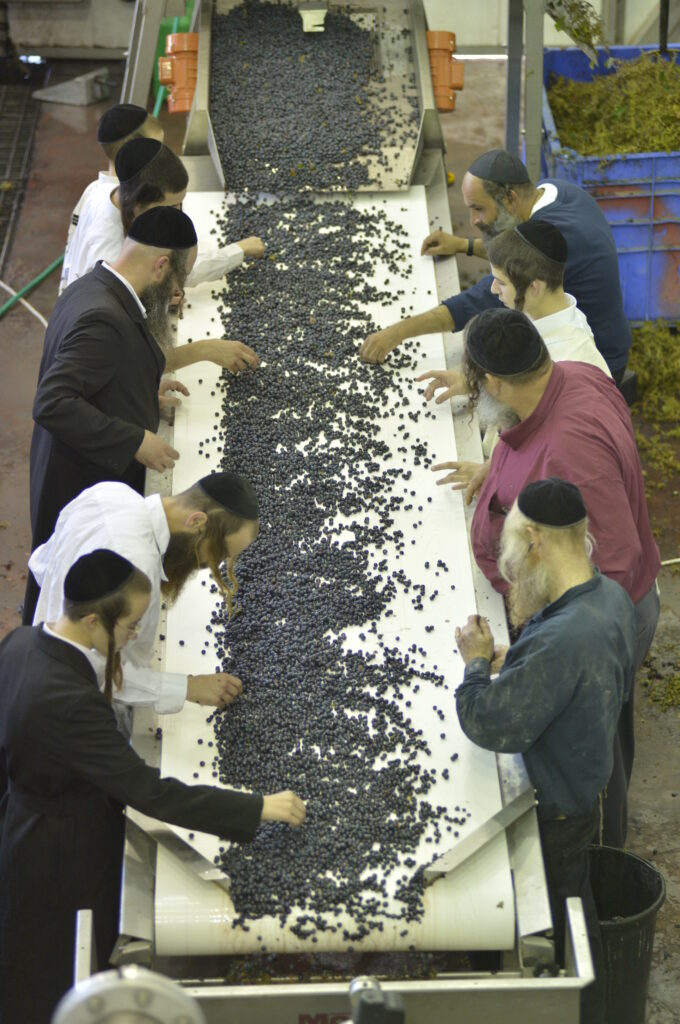
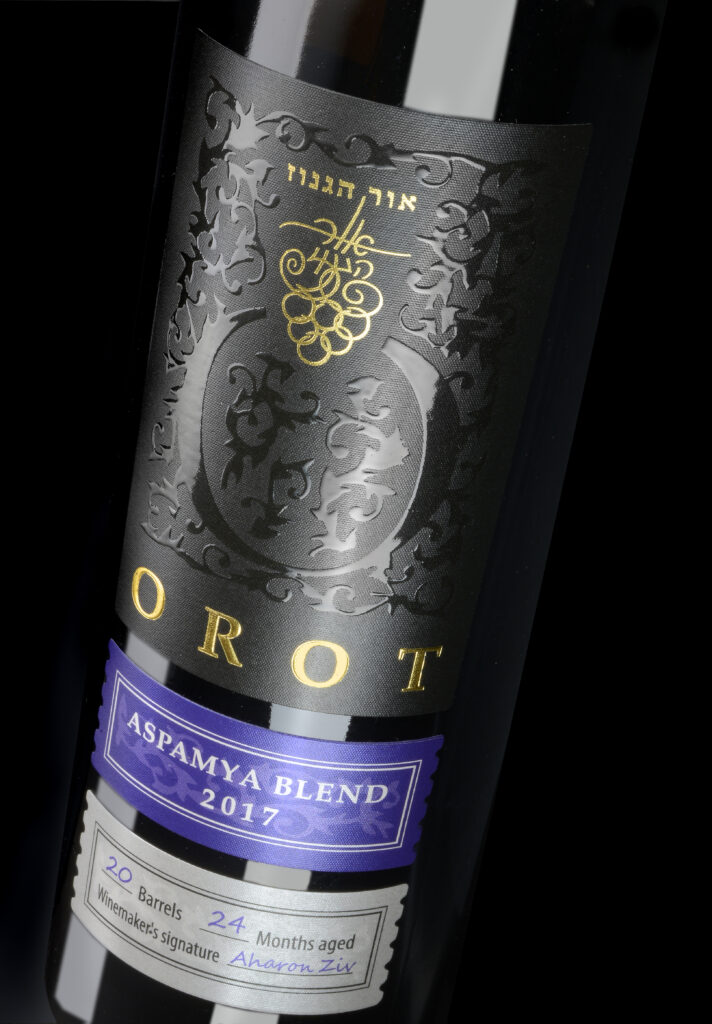
One of Israel’s hidden wine gems is the Or Haganuz winery, founded in 2005 in the eastern Upper Galilee at the foot of Mount Meron. It sits within the tightly knit Chassidic cooperative community of Or Haganuz, home to around 700 people, and is not far from the city of Tzfat, an historic hub for the study of kabbalah(Jewish mysticism).
Besides producing some truly remarkable wines, the winery stands near the traditional burial place of Rabbi Shimon bar Yochai, a 2nd-century sage traditionally associated with the Zohar, a foundational work of Kabbalah. This proximity is hardly coincidental. The winery and its community aim to deepen their connection to the Land of Israel and its unique terroir through both physical cultivation and spiritual purpose.
“The winery is not simply a commercial enterprise,” says Aharon Ziv, one of the founders and the head winemaker for the past ten years, “but part of our community’s core mission.”
Or Haganuz, both the village and the winery, is rooted in the teachings of Rabbi Yehuda Leib HaLevi Ashlag (1885–1954), known as the Baal HaSulam for his monumental Hebrew commentary on the Zohar. Ashlag taught that human spiritual growth is not merely individual but communal and redemptive. By transforming selfish desires into selfless giving and living in mutual responsibility, we can help reveal Or HaGanuz—the Hidden Light of Creation—long concealed by G-d until humanity becomes ready to receive it.
This ideal underpins the very founding of Or Haganuz. In 1989, Rabbi Mordechai Sheinberger, Ashlag’s primary disciple and son-in-law, established the village as a religious cooperative society designed to live out these teachings. “The community was built on the principle of ‘Love your neighbor as yourself,’” explains Ziv. “All businesses belong to the community; if someone works outside, their salary goes back to the community. One of these businesses is our winery, and all the workers here are from the community.”
{A Winemaker’s Journey Of Memory And Faith
Ziv’s path into winemaking has roots in family memory. His father, who passed away when Ziv was still a child, had built a small wine cellar at home for producing wine. “When I moved to Or Haganuz and built my house, I recreated that cellar, so I could make wine too,” he says. It began simply: making small batches at home, enjoying the process without lofty ambitions.
Then came a turning point. A friend in the village approached Ziv with an offer of surplus table grapes that couldn’t be sold. “We hand-harvested them and put the must into plastic tanks inside one of the caravans. I warned them, I didn’t really know how to make this much wine and the grapes were all wrong anyway, but we persisted. It turned out horrible,” he laughs. But the seed was planted. The next year they tried again—this time with proper wine grapes, and the wine was really pretty good.
At the local Talmud Torah fundraiser, bottles of their wine were given as donor gifts. The feedback was so positive that they decided to produce more. This pattern continued until, in 2005, the community formally established Or Haganuz Winery, with its first official commercial harvest in 2006.
{The Wines: Amuka, Marom, Orot, And Beyond
Today, Or Haganuz produces table wines under three main labels plus an intriguing line of dessert wines. Ziv studied formally at the Golan Heights Winery and continues to hone his craft, looking to Mediterranean regions like Italy, Spain, and Portugal for inspiration, in addition to France.
Amuka is their entry-level series, sourced from vineyards between Meron and Dalton (790m elevation) and aged for six months in barrels. The name reflects both literal valleys and deeper spiritual ideas of hidden potential. I particularly enjoyed their light but delicious and refreshing 2024 Sauvignon Blanc-Chardonnay (labelled as Amuka Blanc in English speaking markets), it bursts with citrus, kiwi, jasmine, and yellow cherry, finishing with a delicate almond edge and a touch of orange blossom. Also, their Amuka Gewürztraminer 2024 dazzled with aromas of rose water, lychee, tropical fruit, and a silky palate lifted by bright acidity.
Marom means height or elevation and has a connotation of spiritual or metaphysical loftiness or exaltedness (e.g., Psalms 93:4). This references not only the high-altitude vineyards near Mt. Meron but also the elevated quality and spiritual aspiration of the wines. This line has several lovely offerings and also includes the popular Elima blend made with no added sulfites. The 2023 Marom Cabernet Sauvignon was dry, rounded, lovely, and beautifully balanced with already well integrated tannins, while the delicious 2021 Marom Blend (Cabernet Sauvignon, Cabernet Franc, Shiraz) offers a deeply satisfying, long finish.
At the pinnacle is Orot, meaning lights, a nod to the Kabbalistic concept of divine emanations. These wines hail from specific vineyard plots and spend 20–24 months in barrel. The 2020 Petit Verdot is inky and elegant, while the Orot Cabernet Sauvignon Special Reserve (Namura) 2019 is still young but delicious (needs time to breath!) and captivated my fullest attention. This lovely, deeply coloured, full-bodied wine from a tiny, high-elevation single vineyard in northern Galilee, offers layers of black cherry, cassis, plum, and roasted red pepper wrapped in aromas of violet, chocolate, and fine toasted oak, with chewy yet silky tannins that carry flavors of anise, menthol, and herbs into a remarkably long, elegant finish—destined to enter its premium drinking window around 2028.
Among their most surprising successes are their Har Sinai (red) and Har Sinai Hazahav (white). The red was inspired by Eastern European Kagor. In Orthodox circles, sweet kiddush wine was once dubbed “yayinpatishin”—hammer wine—because its overwhelming sweetness and strength is likened to being “banged in the head with a hammer” and is consumed despite its sensory qualities.
Instead, “we wanted to make something sweet but serious,” Ziv says. They use late-harvest Cabernet Sauvignon and Merlot, flash-freeze the grapes to further concentrate the sugars, then gently heat them over an open olive wood fire (thermovinification), before aging in barrels left outdoors for 12 months through all four seasons. The result is a delicious full-bodied yet supple dessert-style inky red wine, layered with aromas of raisins, cherries, plums, and coffee grain, unfolding into rich flavours of dark chocolate, balsamic, and toasted oak, ending with an impressively long, harmonious finish.
Even more dazzling is their Har Sinai Zahav 2023, a sweet Gewürztraminer fermented on the skins and aged in barrels outdoors for a year. This is a gorgeous late-harvest Gewürztraminer. Showcasing a striking amber-orange hue, and tremendous aromatic depth of roses, lychee, orange peel, and toasted nuts, with a rich, slightly viscous palate of lychee, vanilla, and quince that’s sweet yet clean and balanced. Finish is long and warm. Would probably be divine with flourless chocolate cake, though I suspect I’d be just as happy drinking it on its own.
Despite the community’s mystical goals, Ziv remains deeply practical. “Wine can still amaze and induce wonder,” he says. “We’re not making Coca-Cola. You never know exactly how something will turn out. That’s what makes it so much fun.”
At Or Haganuz, tending vines and producing wine is a devotion. Wine is not only for joy but for purpose—to draw light into the world, to reveal the hidden, and to elevate the mundane.
One might not expect a winery to help hasten the redemption. But Or Haganuz is built on that very aspiration. And in the glow of a glass of the wonderful 2019 Orot Cab Special Reserve (Namura) or a sip of the stunning 2023 Har Sinai Zahav, the goal no longer seems quite so distant.





